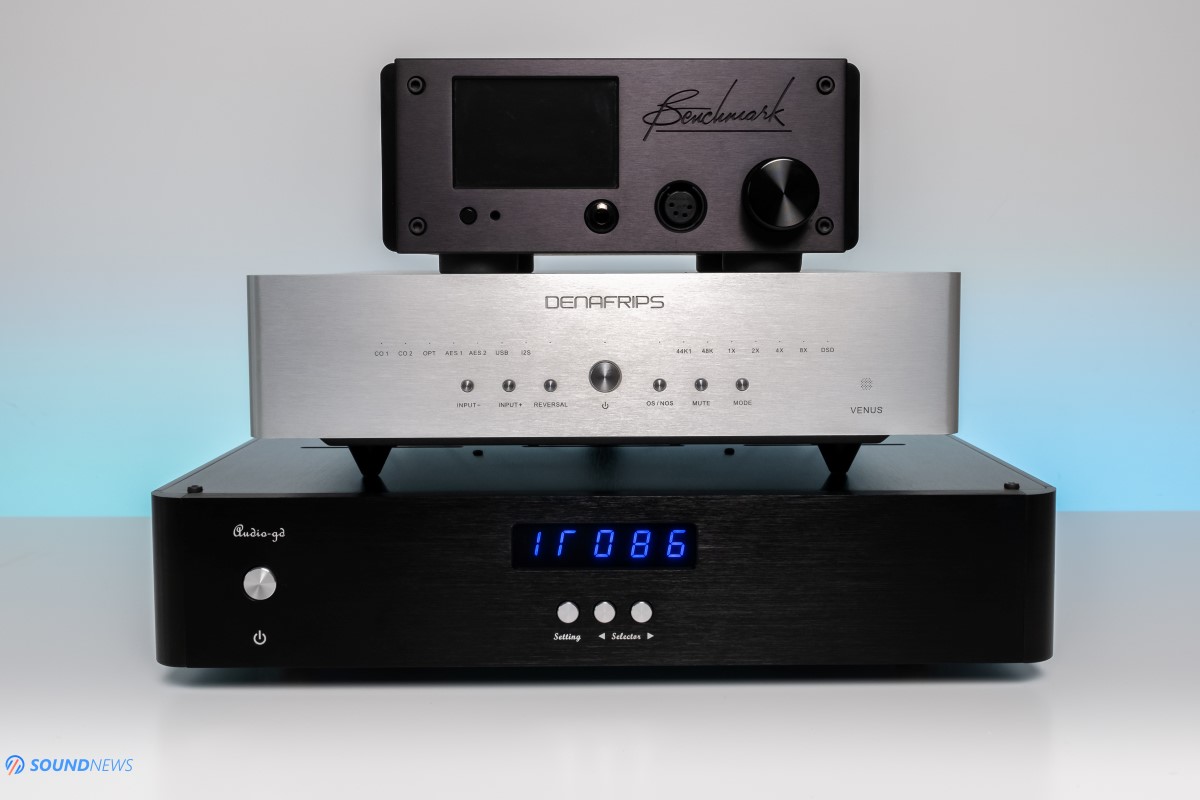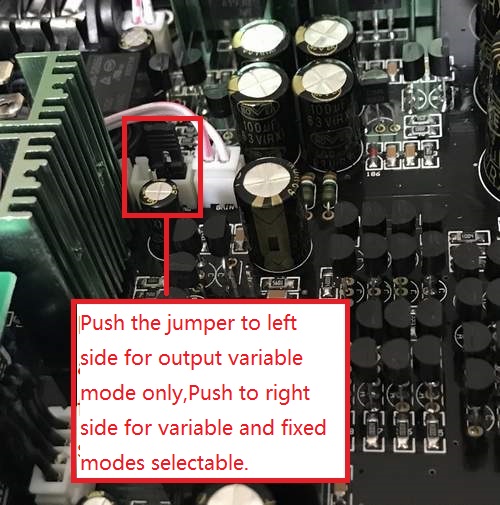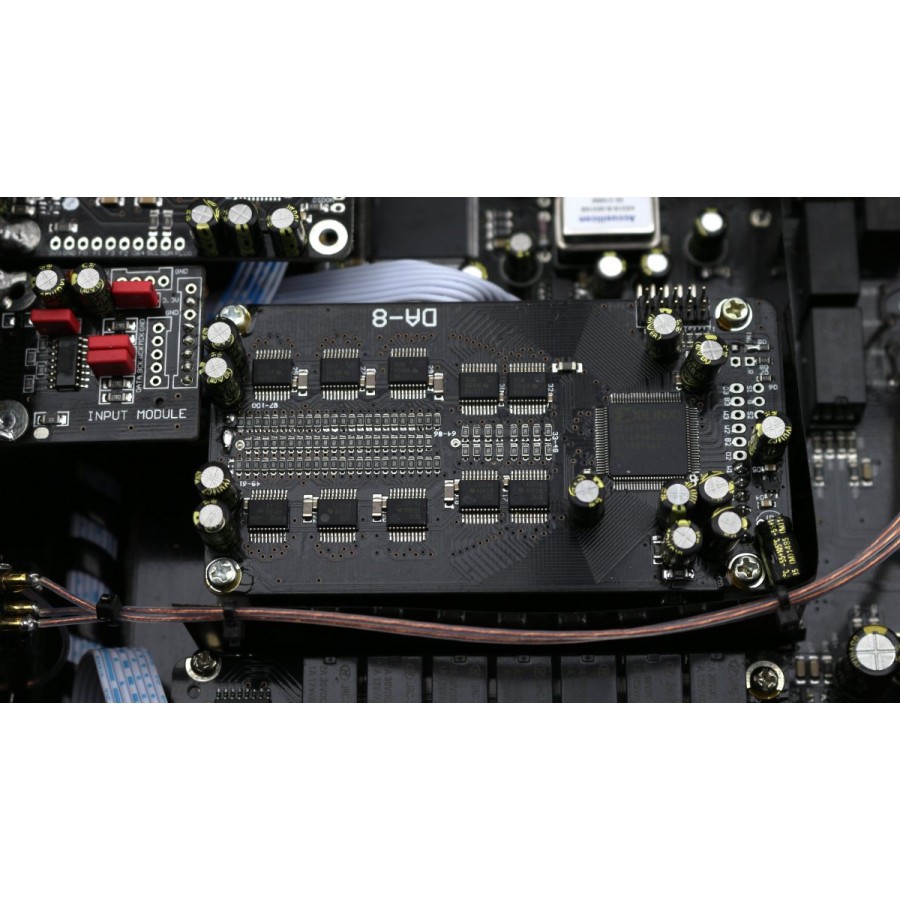


With R2R, I can see different thinking and feel some powerful design philosophies. When I’m looking at an R2R circuit board, I will start following the signal path and I would always find different ideas and some clever decisions to counterbalance its flaws. Every manufacturer will design its R2R ladder network completely differently as opposed to D/S DACs. I’m always fascinated about them, because when I open their cases, a world of unknown will always appear in front of me. R-2R Resistor ladder DACs (R2R from now on) are such devices.

I do slightly get bored because of that and would rather test something more complex, that is more interesting, much harder to understand, develop and tune for long periods of time. They could have the same commercial DAC chips, the same USB boards, clocks, FPGA silicon, capacitors and often times the only difference would be the PCB layout and power filtering. There are a lot of D/S DACs on the market that look almost identical on the inside as often times they carry the same off-the-shelf components.

You don’t need to be a famous audio engineer to design a good measuring D/S DAC as every single month a better measuring DAC would come out and outperform the 1-month old champion. Multi-thousand dollars DACs of the past are outperformed nowadays by units that are costing less than $1K. Delta-Sigma pulse modulation DACs (D/S from now on) are approaching its peak right now, challenging the best audio analyzers on the planet and our hearing abilities.


 0 kommentar(er)
0 kommentar(er)
